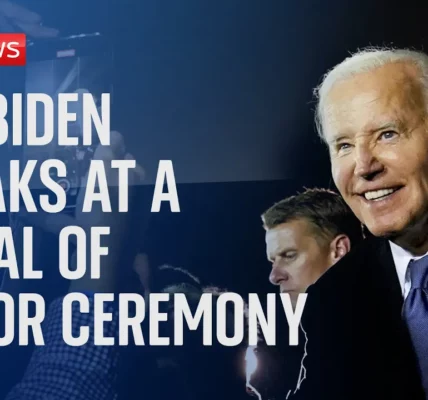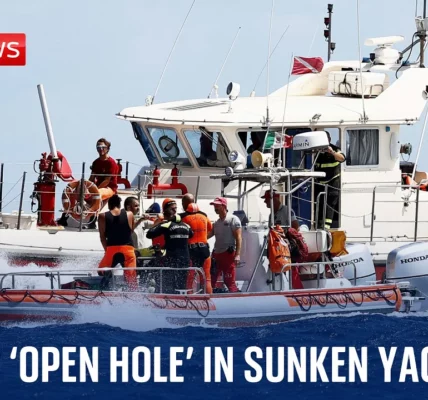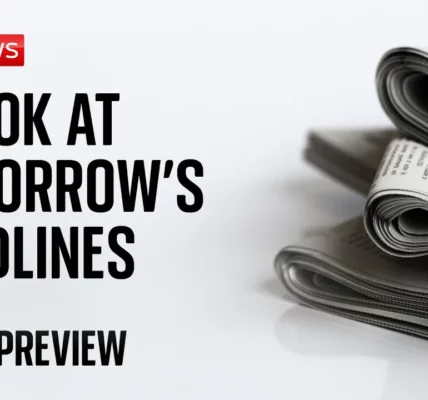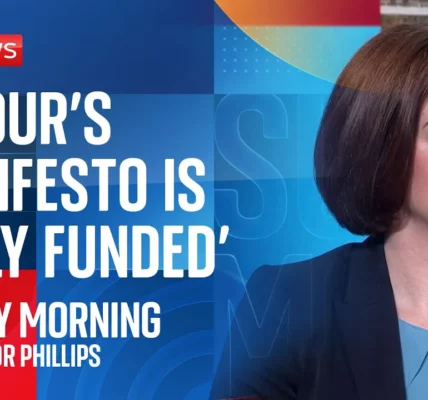Influencing India: The Role of Digital Creators and PM Narendra Modi

This article delves into the evolving relationship between digital content creators and Indian politics, spotlighting Prime Minister Narendra Modi’s strategic engagement with influencers and the implications for democracy in India.
Introduction
In recent years, the political landscape in India has seen a significant shift with the rise of digital content creators. Prime Minister Narendra Modi has leveraged this trend, positioning himself as an ally to influencers, especially ahead of the crucial general elections. This relationship raises questions about the integrity of media and the accountability of politicians in a democratic society. As we explore this dynamic, we will uncover the implications of Modi’s engagement with digital creators and how it shapes public perception and political discourse.
PM Narendra Modi and Digital Creators
Prime Minister Narendra Modi’s recent initiative, the National Creators Awards, exemplifies his strategic outreach to digital influencers. Launched just before the elections, this event aimed to honor exceptional content creators across various platforms.
Impact of the National Creators Awards
The awards have sparked considerable debate about their authenticity and timing. While Modi claimed that they were not politically motivated, analysis by Boom, a fact-checking news site, revealed that over 60% of the winners had previously created content related to:
- Hindu ideology aligned with Modi’s Bharatiya Janata Party (BJP)
- Meetings with BJP leaders
- Endorsements of the ruling party’s political stance
This alignment raises concerns about the independence of content creators and the potential manipulation of digital platforms for political gain.
The Role of Media in Indian Democracy
The relationship between the media and the government in India has become increasingly complex. Critiques from prominent figures, such as journalist Drew Ray, highlight the media’s failure to hold politicians accountable.
Challenges Faced by Journalists
According to Drew Ray, who boasts over 21 million YouTube subscribers, the media landscape has shifted dramatically in the last decade. Key challenges include:
- Loss of critical questioning: Many media outlets have ceased to challenge the government effectively.
- Government influence: A significant portion of revenue for media organizations comes from government advertisements, creating a conflict of interest.
- Social media dominance: The rise of social media has shifted public trust away from traditional media channels.
As social media becomes a primary source of information, the role of influencers in shaping political narratives cannot be overlooked.
The Price of Speaking Up
As the political climate intensifies, influencers and journalists face significant repercussions for dissenting opinions. Drew Ray describes the consequences of challenging the government, which include:
Online Trolling and Harassment
One of the major tactics employed by those loyal to the government is online trolling. Key aspects include:
- Spam attacks on social media: Coordinated efforts to flood comment sections and private messages with abusive content.
- Disinformation campaigns: The circulation of fake videos and misleading information targeting critics.
These tactics serve to intimidate and silence those who dare to question the government’s actions.
Conclusion
The interplay between digital content creators and political figures like PM Narendra Modi marks a new chapter in India’s democracy. While influencers can play a vital role in shaping public opinion, their alignment with political ideologies raises ethical concerns. As the media landscape continues to evolve, it is crucial for both journalists and content creators to navigate these challenges responsibly. The future of democracy in India may depend on the ability of these individuals to hold power to account while fostering a space for open dialogue. Join the conversation and stay informed about the dynamics of media and politics in India.
“`




